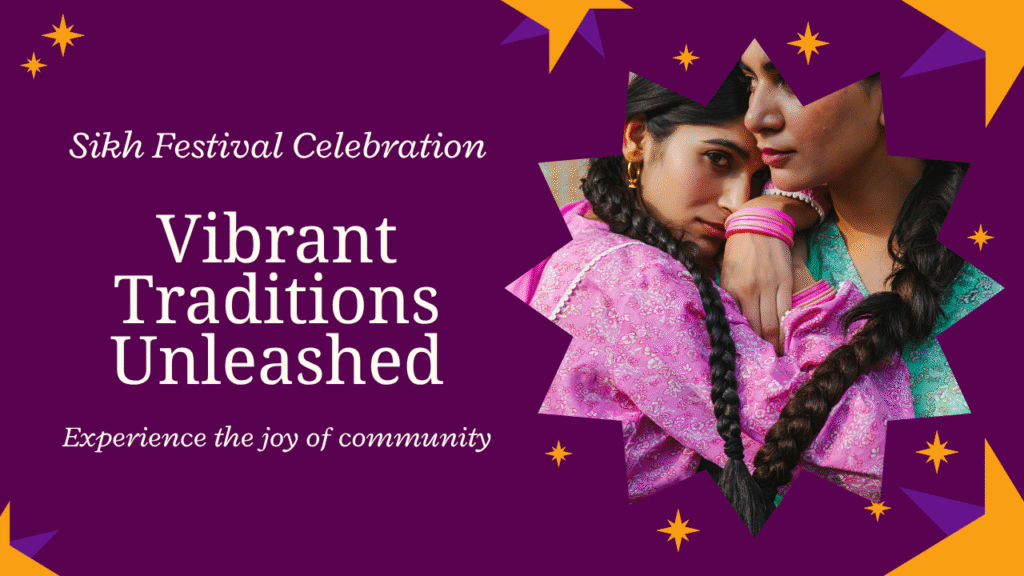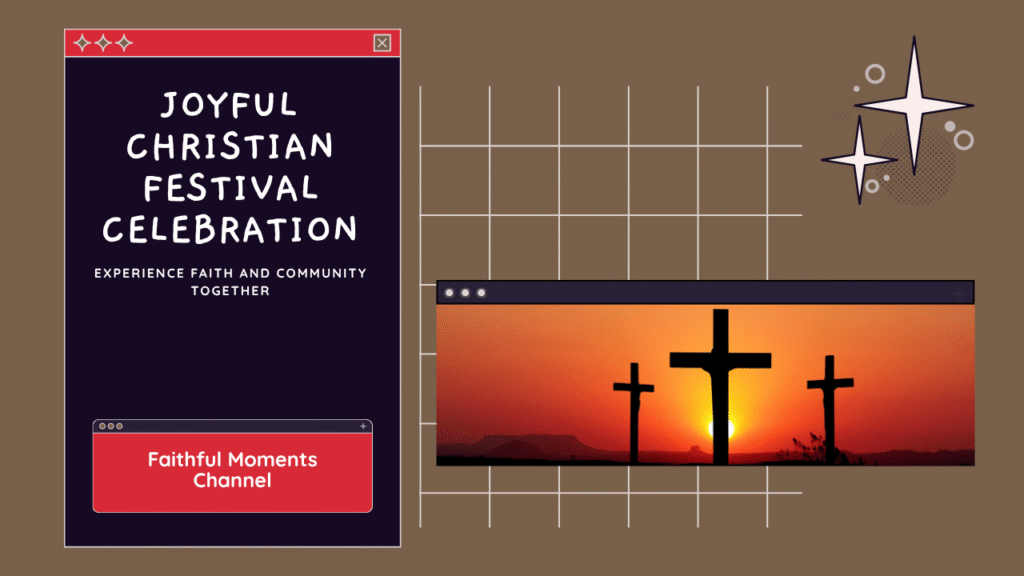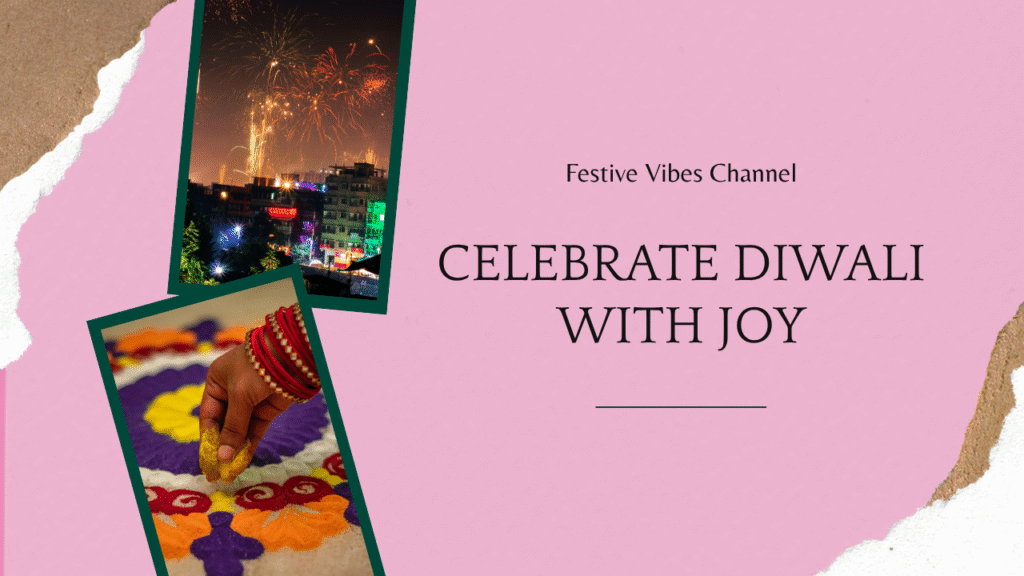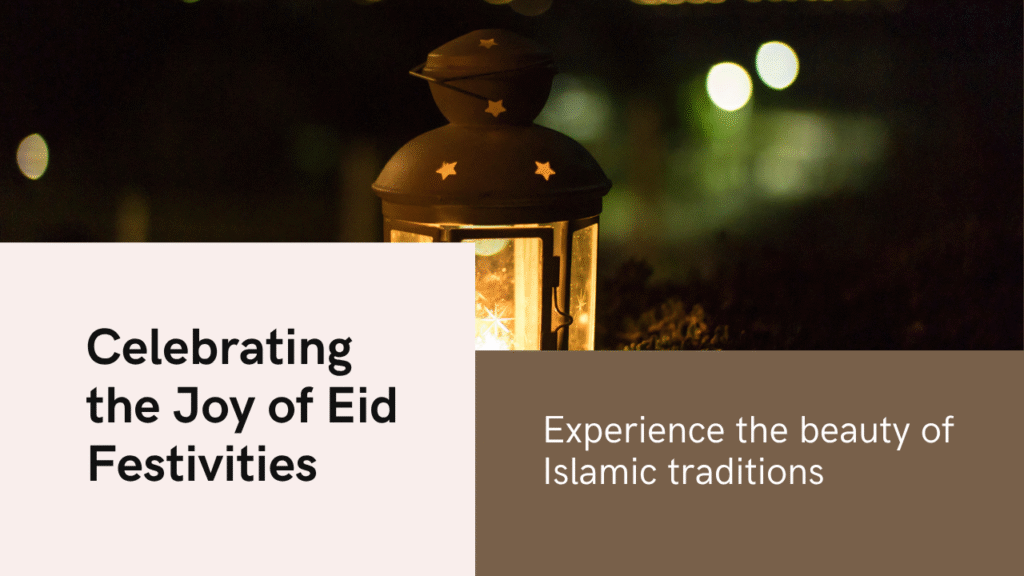Sikh festivals
🛕 All Major Sikh Festivals in India – 2025 Guide to Sikh Celebrations Sikhism, born in Punjab and rooted in devotion, equality, and service, celebrates vibrant festivals that honor the lives and teachings of the Gurus. At Ravi Kumkum Store, we proudly recognize and share India’s spiritual richness beyond just Hindu traditions. Here’s your guide to the major Sikh festivals in 2025, their spiritual meaning, and how they are celebrated across India. ✅ Guru Gobind Singh Jayanti (January 5, 2025) Significance: Marks the birth anniversary of the 10th Sikh Guru, Guru Gobind Singh Ji, who founded the Khalsa Panth. Practices: Prabhat pheris (early morning processions), kirtans, langars, and inspirational speeches. ✅ Hola Mohalla (March 14–16, 2025) Significance: Initiated by Guru Gobind Singh Ji as a day of martial arts display, bravery, and spiritual reflection. Celebrations: Mock battles, Gatka performances, religious hymns, and large community meals in Anandpur Sahib. ✅ Baisakhi (April 13, 2025) Significance: The Sikh New Year and the day Guru Gobind Singh Ji established the Khalsa in 1699. Celebrations: Processions, bhangra, folk singing, and massive langars. It’s also a harvest festival in Punjab. ✅ Guru Nanak Jayanti (November 5, 2025) Significance: Celebrates the birth of Guru Nanak Dev Ji, the founder of Sikhism. Practices: Akhand Path (48-hour scripture recitation), Nagar Kirtans, and lighting up gurdwaras with diyas. ✅ Martyrdom of Guru Arjan Dev Ji (June 16, 2025) Significance: Remembers the 5th Guru’s martyrdom and his teachings on peace and humility. Tradition: Devotees serve chilled sweetened water (chabeel) in the summer as an act of seva (service). ✅ Guru Tegh Bahadur Martyrdom Day (November 24, 2025) Significance: Honors the sacrifice of the 9th Guru, who stood for religious freedom. Practices: Prayers and stories of Guru Tegh Bahadur’s courage are shared in gurdwaras. 🙏 Sharing the Spirit of Unity At Ravi Kumkum Store, we honor every Indian festival that celebrates devotion, unity, and service. Our platform is a space for inclusivity and mutual respect. 🛍️ Discover more cultural content and shop for your puja needs → https://ravikumkumstore.com




